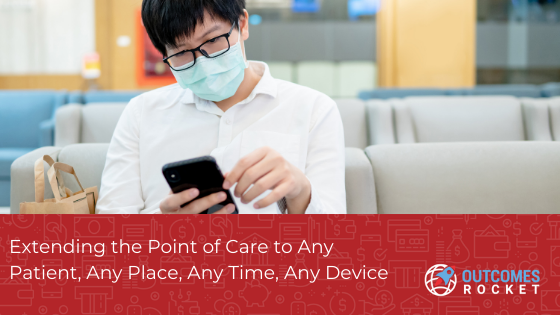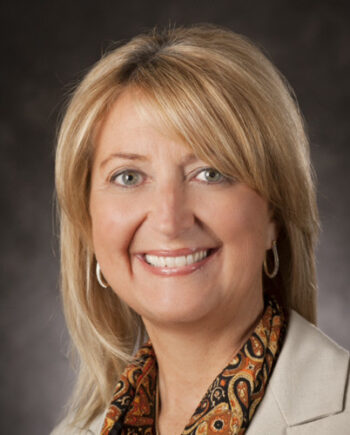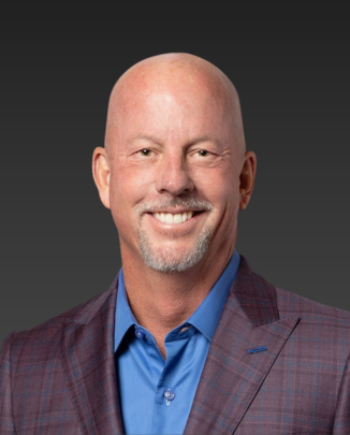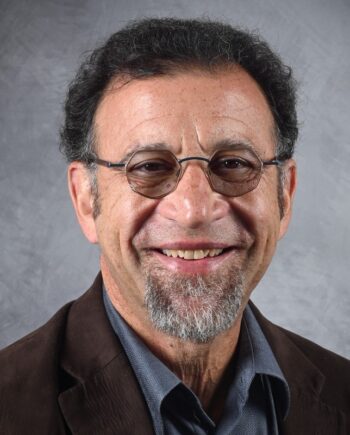
Effective communication is an integral part of any relationship or organization, but it is even more significant between a doctor and a patient.
Doctor-patient communication is important and indispensable in the care process. When established well, this type of communication proves advantageous on both sides.
Many healthcare experts believe that improving communication between patients and the healthcare team is one of the factors in improving the patient care experience. For patients, stronger communication with physicians means better care and improved outcomes. For physicians, it means easier access to information that could affect wise decisions.
Effective physician-patient communication has been demonstrated to positively impact health outcomes by increasing patient satisfaction, better patient understanding of health problems and possible treatments, and improved adherence to treatment plans.
A physician who knows how to communicate will know how to deliver both good and difficult news and deal with a patient’s emotions. When good communication is established, the patient’s trust in the physician increases, making it easier to make collaborative decisions regarding the patient’s health management.
On the other hand, constant miscommunication between doctors and patients may lead to lower levels of patient hopefulness. Miscommunication impacts the passing of information and instruction, resulting in patients not managing themselves better, and consequently, lowering patient satisfaction.
The advancement of technology in healthcare extended its impact on the dynamics of the doctor-patient communication.
Where the conventional method is for the patient to see the doctor at the hospital or clinic, it is now possible to communicate wherever the patient is, thanks to modern communications technology like mobile phones, computers, and the Internet. Ideally, physicians and patients should be able to communicate without any hitch or barriers considering that there are plenty of available resources. This is especially true in this time of COVID pandemic where remote monitoring has become the ‘new normal’.
Since doctors and healthcare teams are often swamped with work, many hospitals are now using automated messages as a platform for communication.
Thanks to patient engagement platforms like LifeWIRE®, it is easier for physicians and patients to reach out to each other promptly and communicate interactively.
Digital solutions like automated engagement platforms empower patients by giving them more access to information, insight and feedback for their healthcare management. Patients can then schedule their follow up or ask their GP’s questions with just a couple of clicks.
For physicians, patient engagement platforms prove to be convenient and supportive. Since doctors and healthcare teams are always busy, having a means to collect information such as patients’ generated responses and prioritizes them accordingly helps in running a smoother and more efficient clinical operation.
LifeWIRE® delivers a patented communications platform that empowers healthcare providers and payors to extend the point of care through scripted, automated dialogue with patients anywhere, any place, any time, using any device.
Automating patient engagement drives down costs while improving outcomes and clinical efficiencies. HIPAA and HITRUST compliant, LifeWIRE® connects with Patients, Providers, Labs, Pharmacies, and Payors to enable real time communications for patient outreach, follow-up, feedback, and compliance.
In my interview with Howard Rosen, CEO and Founder of LifeWIRE®, he shared the differentiators of his company.
First and foremost is reducing the barriers of communication by allowing individuals to choose on what and how they’re communicating. Some patients prefer to send long text messages on mobile phones. Others prefer to use a tablet or laptop to email and others, a landline using IVR. With LifeWIRE®, patients get the freedom to choose the communication platform they are most comfortable with, whether that’s a mobile phone, a tablet, or a computer without the need for an app or special equipment
The second part is that the platform allows patients to be interactive. Howard explained, “They (patient) are an important part of the process. They provide a response(s) and get an immediate call to action associated with that. It’s not only just dumping information. It’s valuable and relevant information that they’re being told what a follow up could be, what a recommendation could be, all based on their particular set of responses. The whole idea is to be very responsive, very much like we’re having a discussion now on this podcast.”
An engaging platform is responsive to patients, giving the appropriate response to their questions, wants needs based on how their Provider would respond.
Accidents happen. Acute issues occur. When it does, patients should know what to do and where to get help. But sometimes calling the nearest hospital is not easy nor the best answer. And even more so, perhaps the issue could have been prevented
LifeWIRE®’s intuitive responses make it easier for the system to recognize whether a patient needs to interact with a provider or not.
According to Howard, based on his clients, about 93% of the time, patients don’t need to interact directly with the provider or vice versa. LifeWIRE is used for inquiries, on-going outreach for perhaps chronic conditions or simple routine questions the patients may want to ask. But 7% of the time patients need help today or more in the next couple of days. Based on a patient’s responses, the system can help, using the provider’s rules to discern who they want to see today or notify them of the patients to see tomorrow or to book them for tomorrow.
The system is designed to inform physicians when they want to be informed, how they want to be informed, of what patients they may want to look at more deeply, based on their own protocols.
Another fascinating feature of this communication platform is its a cloud-based solution. For physicians and health teams, this means lower IT cost. With everything up in the clouds, there’s no need to buy and install expensive upgrades. You can use any device that can access the platform and you’re good to go. And being HIPAA and HITRUST compliant, there isn’t a concern for security and privacy.
A cloud-based solution is also great for scalability. With the LifeWIRE® platform, you can manage thousands of clients as easily as one. It also automates routine protocols, follow-up, feedback, outreach, and quality of care.
LifeWIRE® is notification-based. The individual response will determine the result of the conversation. If the patient says “I want to speak with a call center”, or if the results of their responses are such, then the message will be routed to the call center or video or website as the need may be. And similarly, if the patient says. “I need to speak with a doctor”, the message will then be given the appropriate response depending on the rules the physicians included in the app. Even a non-response is a response measuring lapse in time or non-responses as a basis for outreach or notification.
With LifeWIRE®, you can easily improve your communication with your patients and positively impact their health experience. It becomes an invaluable asset especially if you are a payor, provider or running a huge hospital.
To learn more about LifeWIRE®, visit https://www.lifewiregroup.com/.
Listen to my full interview with Howard here: https://outcomesrocket.health/lifewire/2020/09/
According to the 2020 Centers for Disease Control and Prevention report, roughly 34.2 million Americans have diabetes,...
Read MoreAs a farmer, Rod was used to long days. He worked 18 hours a day, 7 days...
Read MoreWith investors receiving hundreds of pitch decks every year, how do you create a compelling presentation that...
Read More
Brittany Busse Co-Founder, President, and Chief Medical Officer at
ViTelHealth


Stephen Thorne Founder and CEO at
Pacific Dental Services

Keith Carlson Nurse Career Coach